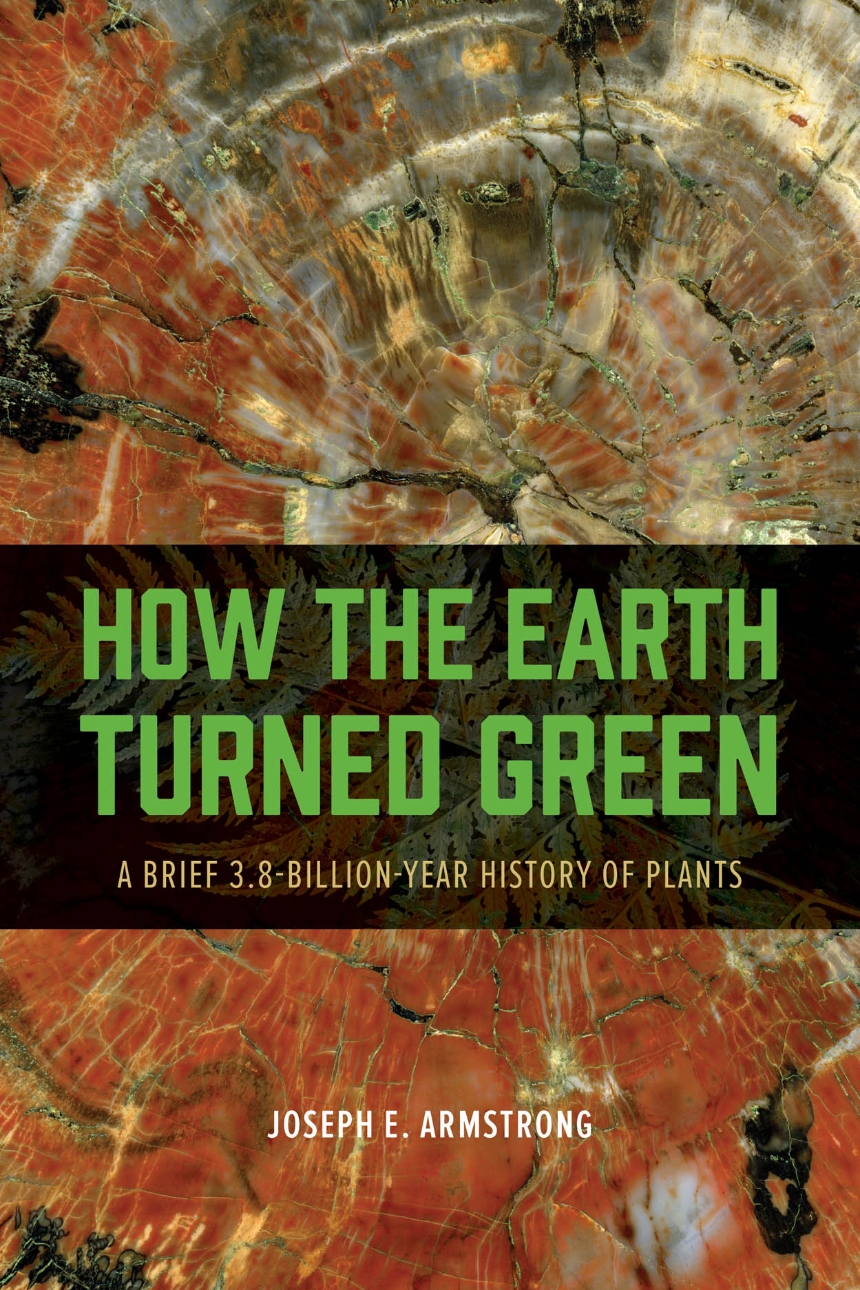How the Earth Turned Green
A Brief 3.8-Billion-Year History of Plants
How the Earth Turned Green
A Brief 3.8-Billion-Year History of Plants
Using an evolutionary framework, How the Earth Turned Green addresses questions such as: Should all green organisms be considered plants? Why do these organisms look the way they do? How are they related to one another and to other chlorophyll-free organisms? How do they reproduce? How have they changed and diversified over time? And how has the presence of green organisms changed the Earth’s ecosystems? More engaging than a traditional textbook and displaying an astonishing breadth, How the Earth Turned Green will both delight and enlighten embryonic botanists and any student interested in the evolutionary history of plants.
576 pages | 121 halftones, 31 line drawings, 4 tables | 6 x 9 | © 2014
Biological Sciences: Botany, Evolutionary Biology, Microbiology, Paleobiology, Geology, and Paleontology
Reviews
Table of Contents
Preface: A Botanist at Large
1: A Green World
2: Small Green Beginnings
3: Cellular Collaborations
4: A Big Blue Marble
5: Down by the Sea (-weeds)
6: The Great Invasion
7: The Pioneer Spirit
8: Back to the Devonian
9: Seeds to Success
10: A Cretaceous Takeover
11: All Flesh Is Grass
Postscript
Appendix
Brown Algae and Tribophyceans
Clubmosses and Fossil Stem Groups
Conifers and Ginkgoes
Coniferophytes: Cordaitales and Voltziales
Cycads
Ferns
Gnetophytes
Green Algae
Green Bacteria
Hornworts
Horsetails
Liverworts
Mosses
Phytoplankton
Red Algae
Rhyniophytes and Trimerophytes
Seed Ferns
Whisk Ferns
Notes
Glossary
References
Index
